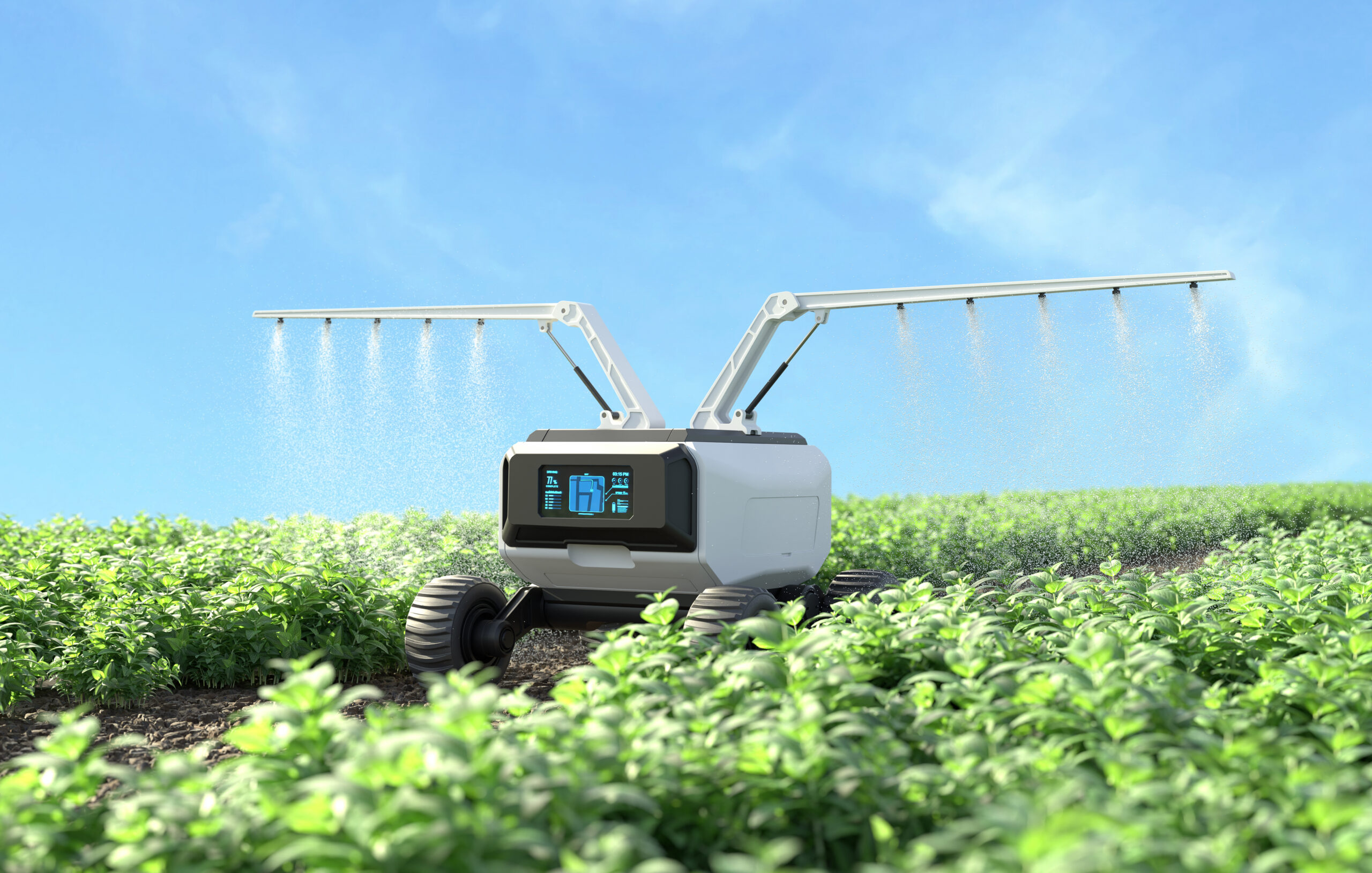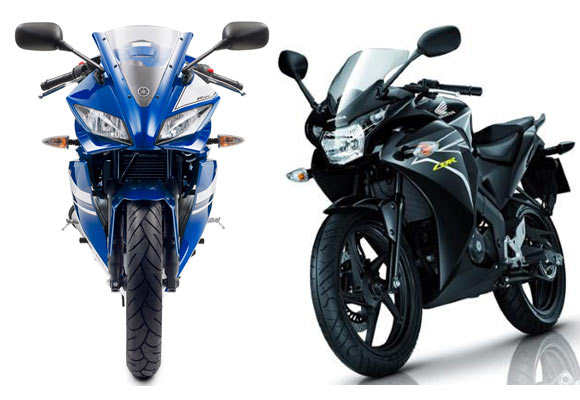Introduction
In an era of rapid technological advancements, every sector is experiencing a transformation, and agriculture is no exception. The integration of cutting-edge technologies into farming practices has significantly enhanced productivity, sustainability, and efficiency. From precision farming to automated machinery, the agricultural landscape is evolving to meet the challenges of feeding a growing global population while minimizing environmental impact. In this article, we delve into the pivotal role of agriculture technologies in boosting productivity and shaping the future of farming.
Definition
Hardware or other devices used in farming are utilising agricultural technologies. These technologies enable machinery to function for farming in a manner similar to that of humans and animals. Globally, it has brought forth a fundamental shift in modern farming practices. Food goods and agricultural machines are made with the use of agricultural technology. \
The Impact of Agriculture Technologies:
Precision Farming:
- Utilization of GPS, sensors, and data analytics to optimize crop management.
- Enables farmers to monitor soil conditions, moisture levels, and crop health in real-time.
- Facilitates precise application of fertilizers, pesticides, and irrigation, leading to higher yields and resource efficiency.
Automated Machinery:
- Introduction of autonomous tractors, harvesters, and drones revolutionizes farm operations.
- Increases operational efficiency, reduces labor costs, and minimizes human error.
- Allows for round-the-clock monitoring and management of crops, enhancing productivity and timeliness of tasks.
Biotechnology:
- Development of genetically modified crops resistant to pests, diseases, and adverse environmental conditions.
- Improves crop resilience, reduces yield losses, and minimizes dependency on chemical inputs.
- Promotes sustainable agriculture by conserving resources and mitigating environmental risks.
Vertical Farming:
- Utilization of indoor farming techniques such as hydroponics and aeroponics to grow crops in vertically stacked layers.
- Maximizes land use efficiency, conserves water, and minimizes transportation costs.
- Enables year-round production of fresh, nutritious crops in urban areas, addressing food security challenges.
IoT and Big Data:
- Integration of Internet of Things (IoT) devices and data analytics platforms to gather and analyze agricultural data.
- Provides actionable insights into weather patterns, market trends, and crop performance.
- Enables farmers to minimise risks, allocate resources optimally, and make well-informed decisions.
Robotics and AI:
- Deployment of robots and artificial intelligence (AI) for tasks such as planting, weeding, and harvesting.
- Increases labor efficiency, reduces reliance on manual labor, and addresses labor shortages.
- Enhances precision and accuracy in farm operations, leading to higher yields and product quality.
Challenges and Opportunities:
Despite the promising benefits of agriculture technologies, several challenges persist, including:
- Access and Affordability: Adoption of advanced technologies may be hindered by high initial costs and limited access in rural areas.
- Data Security and Privacy: Concerns regarding the collection, storage, and misuse of agricultural data pose challenges to widespread adoption.
- Regulatory Hurdles: Regulatory frameworks may lag behind technological advancements, delaying the approval and adoption of innovative solutions.
However, these challenges also present opportunities for collaboration between governments, industry stakeholders, and research institutions to:
- Foster Innovation: Encourage research and development in agriculture technologies to address specific challenges and unlock new opportunities.
- Improve Access: Develop strategies to make technology more accessible and affordable to smallholder farmers, empowering them to enhance productivity and livelihoods.
- Enhance Sustainability: Promote the adoption of technologies that prioritize environmental sustainability, resilience, and resource efficiency.
Balancing tradition with modern agriculture technologies is a delicate but essential endeavor in the ever-evolving landscape of farming practices. While tradition encompasses centuries-old wisdom and techniques passed down through generations, modern technologies offer innovative solutions to address the challenges of today’s agricultural industry. Finding harmony between these two seemingly divergent approaches is crucial for sustainable and efficient farming practices.
Traditional farming methods often emphasize a deep connection to the land, a reliance on natural cycles, and an intimate understanding of local ecosystems. These time-honored practices have sustained communities for generations and contribute to the preservation of cultural heritage. However, in the face of rapidly changing environmental conditions, population growth, and resource scarcity, traditional methods alone may no longer suffice to meet the demands of modern agriculture.
Enter modern agriculture technologies, which encompass a wide range of innovations including precision farming, genetic engineering, data analytics, and automation. These technologies offer unprecedented levels of efficiency, productivity, and sustainability. Precision farming, for instance, utilizes data-driven insights to optimize inputs such as water, fertilizers, and pesticides, minimizing waste and environmental impact. Genetic engineering enables the development of crops with enhanced resistance to pests, diseases, and adverse weather conditions, ensuring higher yields and food security in a changing climate.
Despite their undeniable benefits, the adoption of modern agriculture technologies is not without its challenges. Small-scale farmers, especially in rural and developing regions, may lack access to the necessary resources, infrastructure, and training to implement these technologies effectively. Moreover, there are concerns regarding the potential negative impacts on biodiversity, soil health, and socio-economic equity.
Therefore, achieving a balance between tradition and modernity in agriculture requires a nuanced approach. It involves integrating the best practices of both worlds, leveraging traditional wisdom alongside cutting-edge innovations to create resilient and adaptive farming systems. This may entail supporting local knowledge systems, promoting agroecological approaches, and fostering inclusive technology adoption strategies that prioritize the needs and priorities of farmers.
Ultimately, the goal is not to replace tradition with technology, but rather to synergize the two in a way that honors the past while embracing the opportunities of the future. By striking this balance, farmers can navigate the complexities of modern agriculture with confidence, resilience, and sustainability.
Market Overview of Agriculture Technologies
According to Data Bridge Market Research, the global market for agricultural technology is predicted to grow at a compound annual growth rate (CAGR) of 13.23% between 2024 and 2031, from an estimated value of USD 23.23 billion in 2023 to USD 62.76 billion by 2031.
Read More: https://www.databridgemarketresearch.com/reports/global-agriculture-technologies-market
Conclusion
Agriculture technologies are reshaping the way we produce food, offering solutions to the pressing challenges facing the agricultural sector. By harnessing the power of precision farming, automated machinery, biotechnology, vertical farming, IoT, robotics, and AI, farmers can boost productivity, improve resource efficiency, and contribute to food security and sustainability. As we continue to innovate and collaborate, the future of farming holds promise for feeding a growing population while preserving the planet for generations to come.




